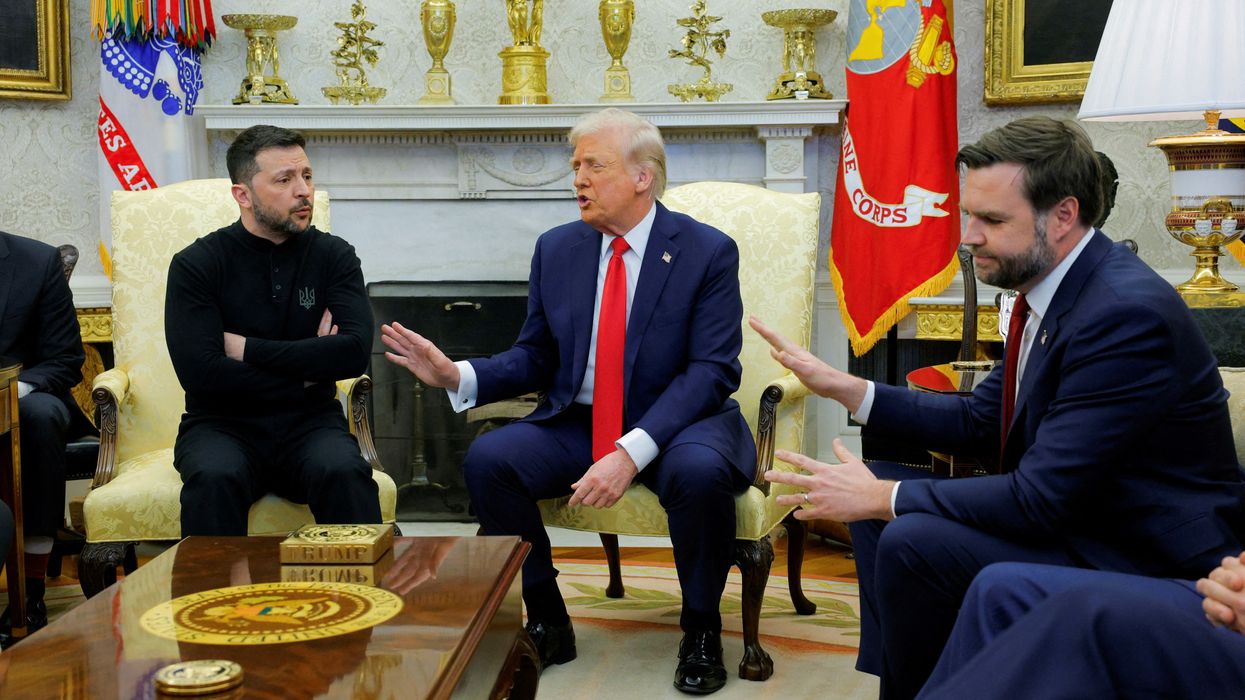Security challenges in the Indo-Pacific were the prevailing topic in hearings on Capitol Hill this week. Not surprisingly, the discussion focused on China and North Korea. However, for a new administration ostensibly dedicated to serving the American middle and working classes and correcting the policy missteps of the Trump administration, most of the remarks by both lawmakers and witnesses suggest that little has changed since the January 20th inauguration.
To his credit, in his opening statement at the House Armed Services Committee on March 10, Chairman Adam Smith (D-Wash.) pressed that the United States must avoid stumbling into a Cold War with China, and be strong enough to deter, not dominate Beijing militarily. He also asserted that the United States must be more strategic in spending its limited defense resources towards ensuring stability in Asia.
One might think that this would have led to a discussion of how to better calibrate U.S. policy in Asia in order to reduce security competition with Beijing and increase incentives on all sides to engage militarily in a more productive and reassuring manner — all while retaining necessary deterrence where needed. But unfortunately Smith’s comment was an outlier.
Instead, exchanges involving Admiral Philip S. Davidson, General Robert B. Abrams, and David Helvey, the acting Assistant Secretary of Defense for the Indo-Pacific throughout these hearings constituted an echo chamber of open-ended threat inflation and worst-case observations over China. Invariably, Beijing was presented as an aggressive power out to undermine the region and the entire “rules-based” international order, if given the opportunity. This, despite the fact that 99 percent of China’s military-related assertiveness or aggression is connected to sovereignty disputes, whether with India, the current Taiwan government, the Philippines, or Japan. To listen to many of these Washington politicians and officials, one would think that China is preparing its military to goose step across Asia seizing any territories it comes across, disputed or not.
In almost every commentary or response, military deterrence was seen as virtually the only tool in Washington’s box, while reassurance was only mentioned in the context of U.S. allies or friends, as a means of strengthening them against China. Even the top U.S. diplomat, Secretary of State Antony Blinken, spoke only of investigating “potential areas of cooperation” with China (the administration’s usual throwaway line), while stressing that China would need to produce tangible progress on U.S. concerns before contemplating any further talks beyond the slated discussion scheduled in Alaska, next week.
So, forget sustained dialogue on efforts to reach mutual understandings. Diplomacy is apparently to consist of issuing demands and waiting for compliance, presumably with some inducement provided by the U.S. military.
Apparently no one in the proceedings across the Senate and House Armed Services Committees, as well as the House Committee on Foreign Affairs, had heard of the security dilemma. This is the notion that one country’s supposedly defensive, deterrence-oriented actions are read by the target country as aggressive and threatening, thereby prompting its own supposedly deterrence-oriented military actions, and creating a neverending vicious circle. The result, absent a serious effort to moderate the process, is steadily increasing tensions, open-ended arms racing, and increasing chances of conflict.
Without some measure of meaningful, credible assurance toward Beijing, such as with regard to Taiwan, all the great U.S. plans for deterring China will simply be read by Beijing as preparations for permanently separating Taiwan from mainland China, cutting off China’s maritime commercial lanes, or supporting militarily the contested claims of Beijing’s opponents in the East and South China Seas. Such perceived threats will not prompt Beijing to back off contritely, but rather to double down on efforts to prevent such apparent outcomes.
Moreover, such a one-sided U.S. approach will most likely also prompt greater anxiety among Washington allies and friends, as they look for a more balanced approach to Asia after the disastrous Trump policies. Indeed, American leaders seem deaf to the repeated, strong assertion by Asian leaders that they do not want to be forced to choose between Beijing and Washington.
This clearly indicates a need for both deterrence and reassurance directed at all parties. But Washington seems incapable of even contemplating meaningful assurances toward Beijing, at least until it is done painting China as an implacable enemy. Then again, how exactly does one signal credible assurances (which inevitably involve some level of trust) while telling Beijing and the world that China is rapacious and can’t be trusted?
Hopefully, at some point, U.S officials will stop the kabuki dance and get down to developing a serious strategy toward Beijing. Such a strategy must be based on a mixed set of goals that reflect a more realistic sense of the challenges and opportunities China poses, the strengths and limits confronting both Beijing and Washington, and the actual views and beliefs of U.S. allies and friends.
















